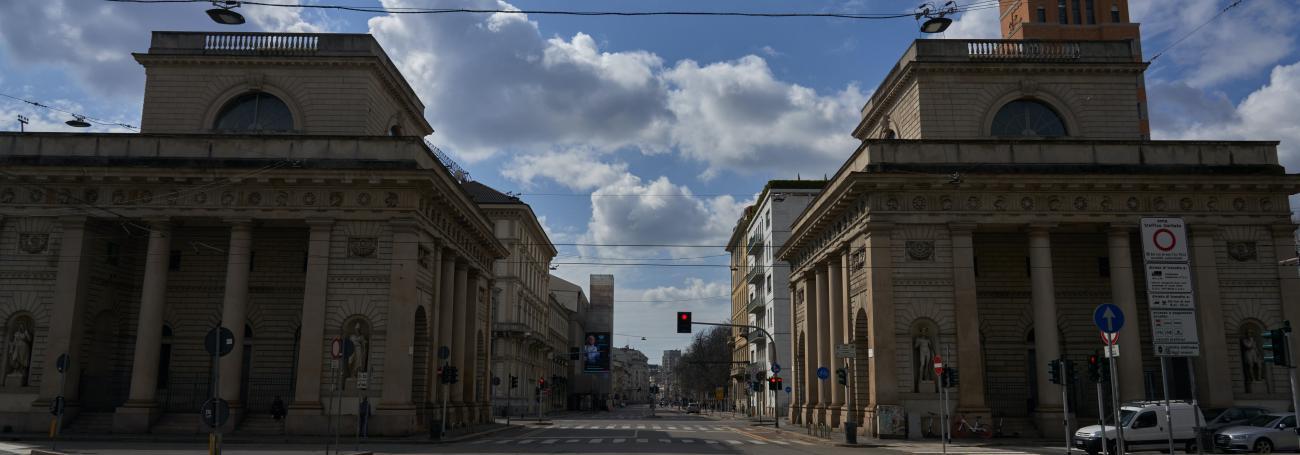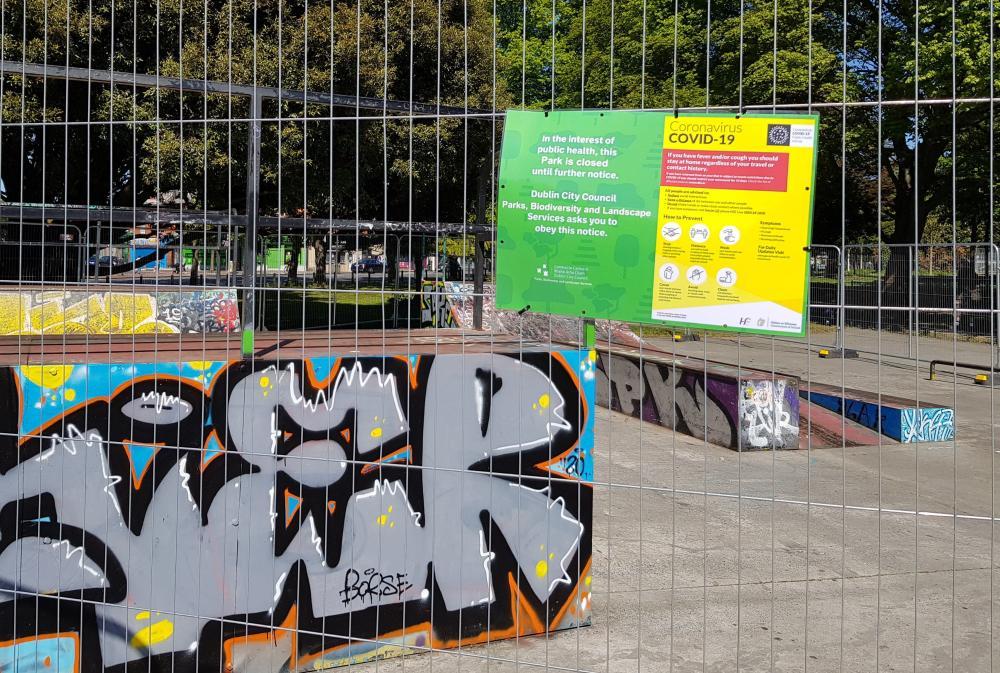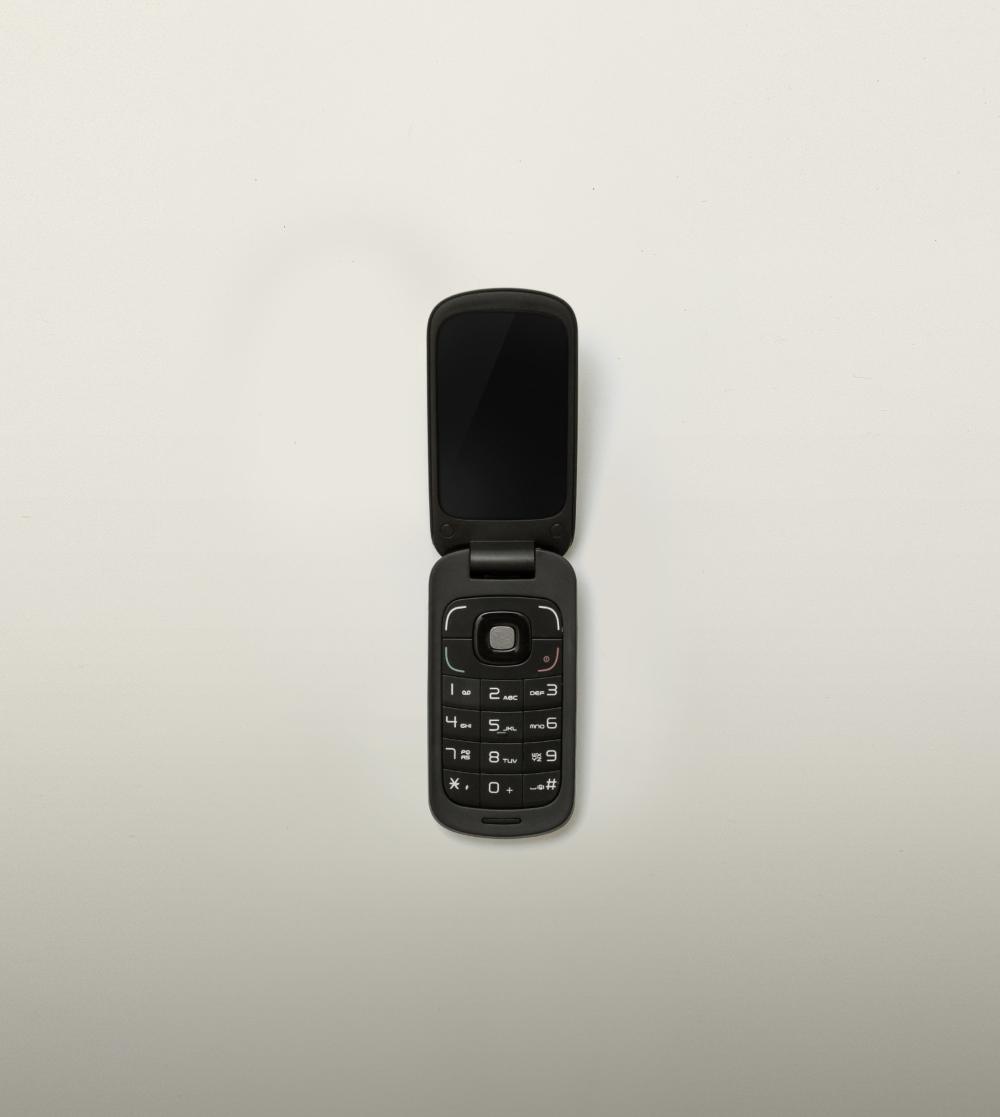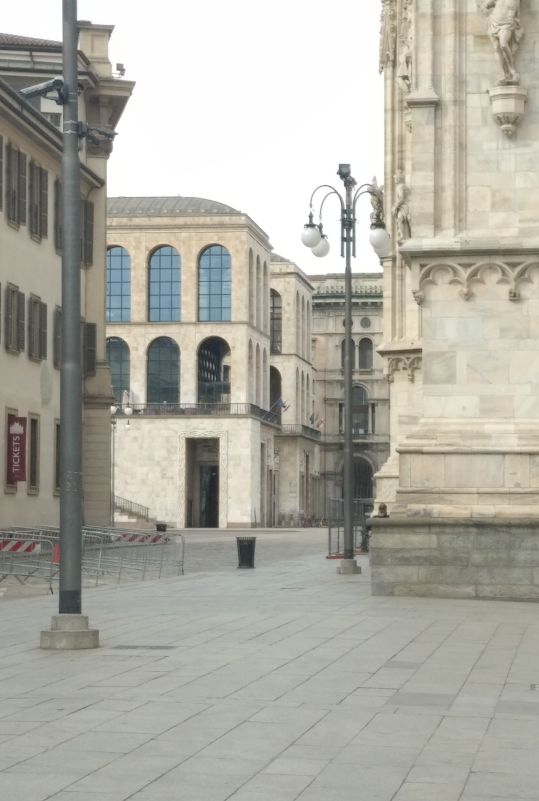Given the successful work that many people had undertaken during the crisis, the group began to reflect on why restorative justice practitioners tend to believe that online and telephone engagement are necessarily inferior to face-to-face work. They noted that, for victim-offender dialogue, indirect work prohibited the participants from shaking hands or embracing, and being in the room together creates a certain ‘energy’ that may be lost. For online training, moreover, it was impossible to recreate the time that participants spent at breaks getting to know each other and creating a new ‘community of learners’. This is especially problematic if the training is delivered to people from different, but nearby, organisations. These people would rarely meet, and so the purpose of their training is partly to build the relationships that enable further learning and local engagement going forward.
Yet, the group noted that some clients felt more comfortable online, whether doing energisers and role-plays during training, opening up in counselling and psychotherapy sessions, or speaking with people who caused them harm. Working online can be more intimate as you can see into each other’s homes. It also creates useful a barrier and a safe distance that may help some people to feel safer, or that the discussion is less intense (e.g. for victim-offender dialogue).
The other side of this is that people can (e.g. in counselling or psychotherapy) make disclosures too early, or otherwise that the sense of psychological safety created by an online barrier is actually a false sense of security for some. Some of this can be avoided by taking steps to ensure that participants are comfortable and that practitioners have the skills and the plans in place to limit the possibility of harm. It was concluded that clients should be empowered to determine with which medium they are most comfortable, and that is most likely to suit their needs. The problem with the current situation is not that online practices are happening. It is that all cases and persons have been forced online, irrespective of whether this is the best platform through which to meet their needs.





